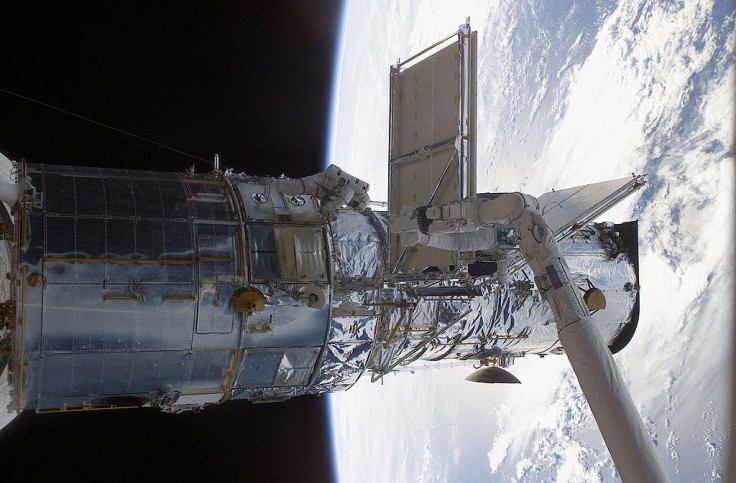
After its latest shutdown forcing NASA to place it into safe mode, the Hubble Space Telescope is back at full strength.
And, after 31 years sending back astonishing images of the cosmos, the Hubble continues its legacy despite all the troubles it has encountered in recent months.
NASA Hubble Space Telescope Snaps Breathtaking UGC 11537 Galaxy
It snapped an edge-on view of the stunning spiral galaxy UGC 11537 using its Wide Field Camera 3's infrared and visible light capabilities, a NASA blog post revealed. The space telescope captured UGC 11537's tightly looped spiral arms that are swirling around its core. The image reveals bright bands of stars and dark clouds of dust all over the galaxy.
🌌 Happy #HubbleFriday!
— Hubble (@NASAHubble) December 10, 2021
This week’s image shows the spiral galaxy UGC 11537, which lies about 230 million light-years away.
The two foreground stars are making a cosmic photobomb, as they’re actually within our galaxy, the Milky Way: https://t.co/02AT9uIbMF pic.twitter.com/wavUVovyqZ
The galaxy is 230 million light-years away from Earth and lies in the constellation Aquila, near the plane of the Milky Way. In the foreground are cosmic "photobombers" - stars from our galaxy that were interloped in the image due to the Milky Way's close proximity to this galaxy.
Spikes seen surrounding the stars are imaging artifacts, called diffraction spikes. This is due to starlight interacting with the structure supporting Hubble's secondary mirror.
This image was a result of observations on massive black holes in other galaxies. Hubble's accurate and far-reaching observations, together with data from ground-based telescopes allow scientists to explore the mass and movements of stars in these faraway galaxies.
NASA Hubble Recovers from Latest Computer Glitch
This new discovery came after Hubble recovered from a problem with the communications between computers and instruments in late October, wherein synchronization efforts went awry, Digital Trends reported. To avoid any further damage to the Hubble instruments, the space observatory was immediately placed into safe mode, halting the collection of scientific data as ground engineers figured out what went wrong.
These engineers investigated the problem, using older, unused equipment. This approach allowed the probers to make tests without risking the presently active instruments Hubble needs to use. As these tests subsequently did not find any more errors, the Hubble team decided to activate each of the space telescope's four presently active instruments one at a time.
Not detecting any errors in the synchronization messages, the Hubble team then initialized the last instrument, the Space Telescope Imaging Spectograph, this week.
NASA said that it plans to prevent such problems from occurring by letting the instruments to remain operational even if the Hubble team encounters lost synchronization messages. To allow this to happen, the team will make gradual teaks to the Hubble software over the coming months.
According to a NASA update, the Hubble team will develop and test changes to the space telescope's instrument software that should allow the continuity of science operations, even when synchronization messages are lost. The first of these tweaks will be installed on the Cosmic Origins Spectograph this month, and updates to the other instruments scheduled in the coming months.
Due to its advancing age, the Hubble has experienced two shutdowns this year, the first of which was in the summer when a 1980s-made payload computer controlling the Hubble's essential instruments stopped working and forced it to operate in safe mode.









